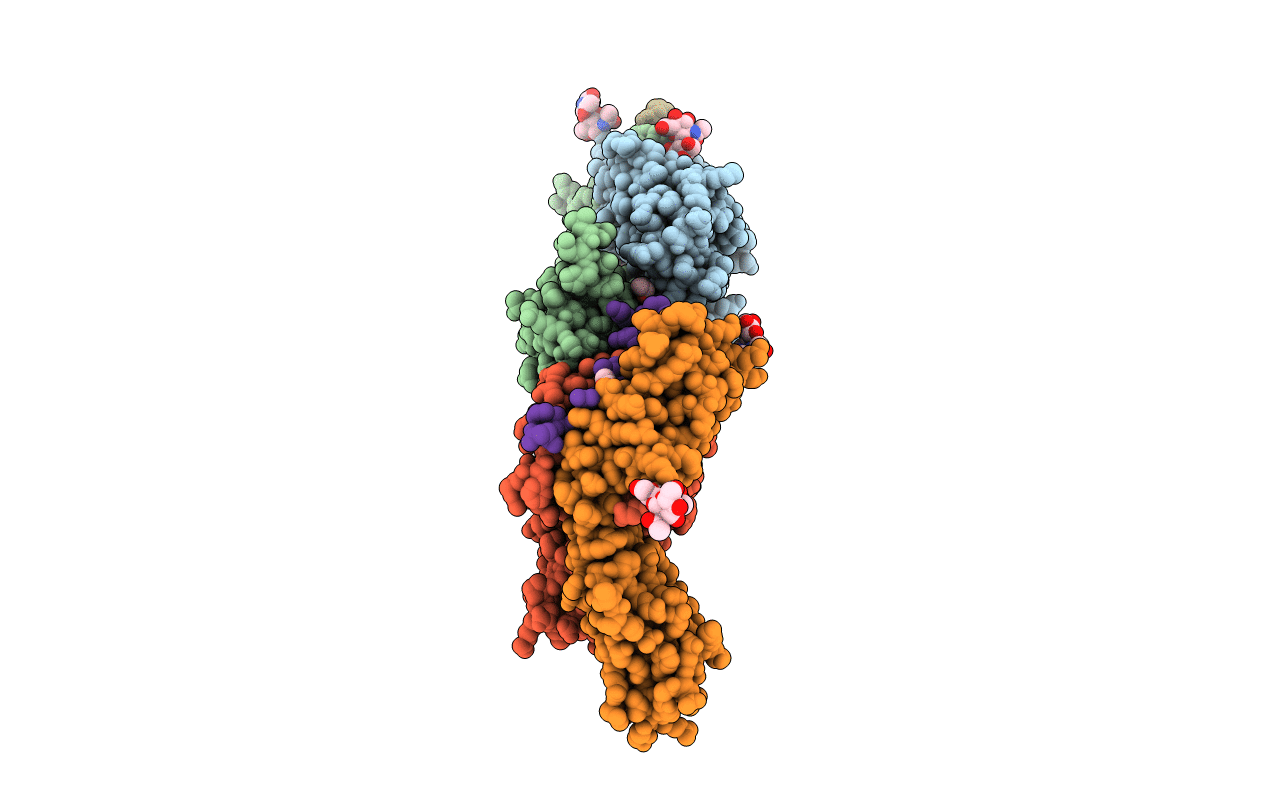
Deposition Date
2012-09-12
Release Date
2013-10-16
Last Version Date
2024-11-06
Entry Detail
PDB ID:
4H25
Keywords:
Title:
TCR interaction with peptide mimics of nickel offers structure insights to nickel contact allergy
Biological Source:
Source Organism:
Homo sapiens (Taxon ID: 9606)
Host Organism:
Method Details:
Experimental Method:
Resolution:
2.20 Å
R-Value Free:
0.25
R-Value Work:
0.21
R-Value Observed:
0.22
Space Group:
C 1 2 1


